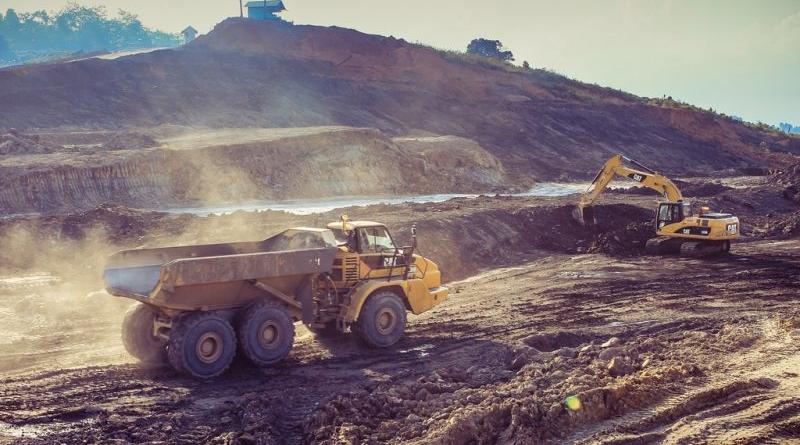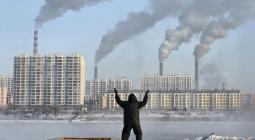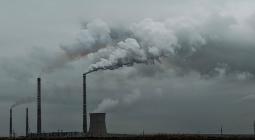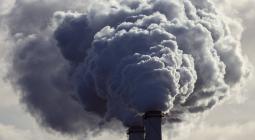Resource extraction responsible for half world’s carbon emissions.

Extraction industries are responsible for half of the world’s carbon emissions and more than 80% of biodiversity loss, according to the most comprehensive environmental tally undertaken of mining and farming. EURACTIV’s media partner, The Guardian, reports.
While this is crucial for food, fuel and minerals, the study by UN Environment warns the increasing material weight of the world’s economies is putting a more dangerous level of stress on the climate and natural life-support systems than previously thought.
Resources are being extracted from the planet three times faster than in 1970, even though the population has only doubled in that time, according to the Global Resources Outlook, which was released in Nairobi on Tuesday.
Each year, the world consumes more than 92b tonnes of materials – biomass (mostly food), metals, fossil fuels and minerals – and this figure is growing at the rate of 3.2% per year.
Since 1970, extraction of of fossil fuels (coal, oil and gas) has increased from 6bn tonnes to 15bn tonnes, metals have risen by 2.7% a year, other minerals (particularly sand and gravel for concrete) have surged nearly fivefold from 9bn to 44bn tonnes, and biomass harvests have gone up from 9bn to 24bn tonnes.
Up until 2000, this was a huge boost to the global economy, but since then there has been a diminishing rate of return as resources become more expensive to extract and the environmental costs become harder to ignore.
“The global economy has focused on improvements in labour productivity at the cost of material and energy productivity. This was justifiable in a world where labour was the limiting factor of production. We have moved into a world where natural resources and environmental impacts have become the limiting factor of production and shifts are required to focus on resource productivity,” says the study.
The economic benefits and environmental costs are broken down by sector. Land use change – mostly for agriculture – accounts for over 80% of biodiversity loss and 85% of water stress as forests and swamps are cleared for cropland that needs irrigation. Extraction and primary processing of metals and other minerals is responsible for 20% of health impacts from air pollution and 26% of global carbon emissions.
The biggest surprise to the authors was the huge climate impact of pulling materials out of the ground and preparing them for use. All the sectors combined together accounted for 53% of the world’s carbon emissions – even before accounting for any fuel that is burned.
“I would never have expected that half of climate impacts can be attributed to resource extraction and processing,” said Stefanie Hellweg, one of the authors of the paper. “It showed how resources are hiding behind products. By focusing on them, their tremendous impact became apparent.”
The paper highlights growing inequalities. In rich countries, people consume an average of 9.8 tonnes of resources a year, the weight of two elephants. This is 13 times higher than low incomes groups. Much of this is unseen because huge amounts of materials are often needed for a small end product, such as a mobile phone.
Izabella Teixeira, former environment minister of Brazil, said the report highlighted how rich consumer nations have exported environmental to poor producing countries. With this model now hitting climate and biodiversity boundaries that affect everyone on the planet, she said it was time for change. “Currently decisions are being based on the past but we need to base them on the future. That means leadership.”
Where leadership could come from is difficult to see in the current political environment. The US and Brazil are slashing existing environmental regulations. China has moved ahead on renewables and pollution, but its growth is even more material-intensive than developed nations. According to the report, Asia is driving the fastest demand for minerals among upper-middle income countries, which now – because of their big populations – have a greater combined material weight than wealthy nations.
The authors said it was essential to decouple economic growth from material consumption. Without change, they said resource demand would more than double to 190bn tonnes a year, greenhouse gases would rise by 40% and demand for land would increase by 20%.
However, they said this dire scenario could be avoided if there is a faster transition towards renewables, smarter urban planning to reduce the demand for concrete, dietary changes to lower the need for grazing pastures and cut levels of waste (currently a third of all food), and a greater focus on creating a cyclical economy that re-uses more materials. They also called for a switch of taxation policies away from income and towards carbon and resource extraction.
“It is possible to grow in a different way with fewer side-effects. This report is clear proof that it is possible and with higher growth,” said Janez Potočnik, co-chair of International Resource Panel and former environment commissioner for the European Union. “It’s not an easy job to do, but believe me the alternative is much worse.”
13 March 2019





